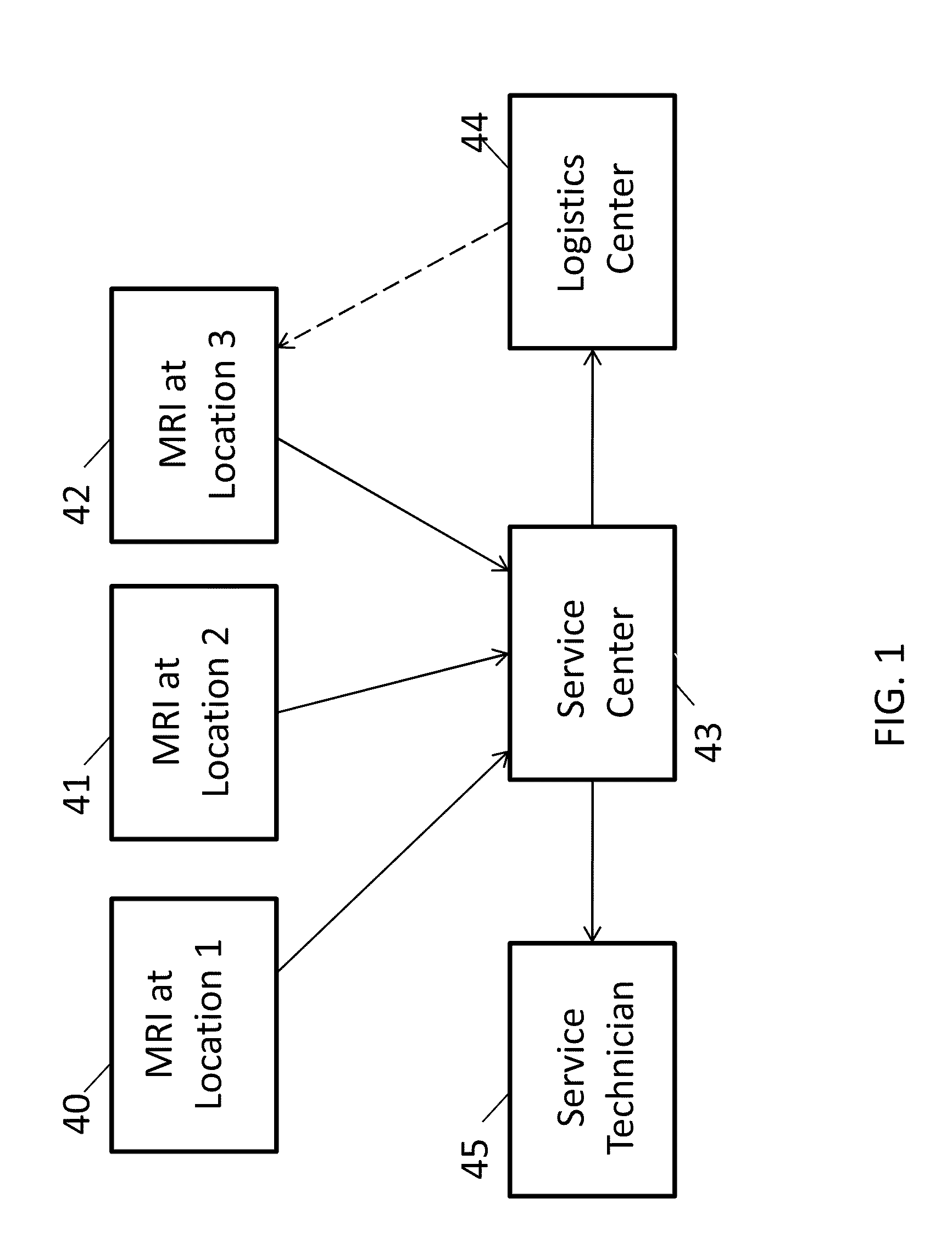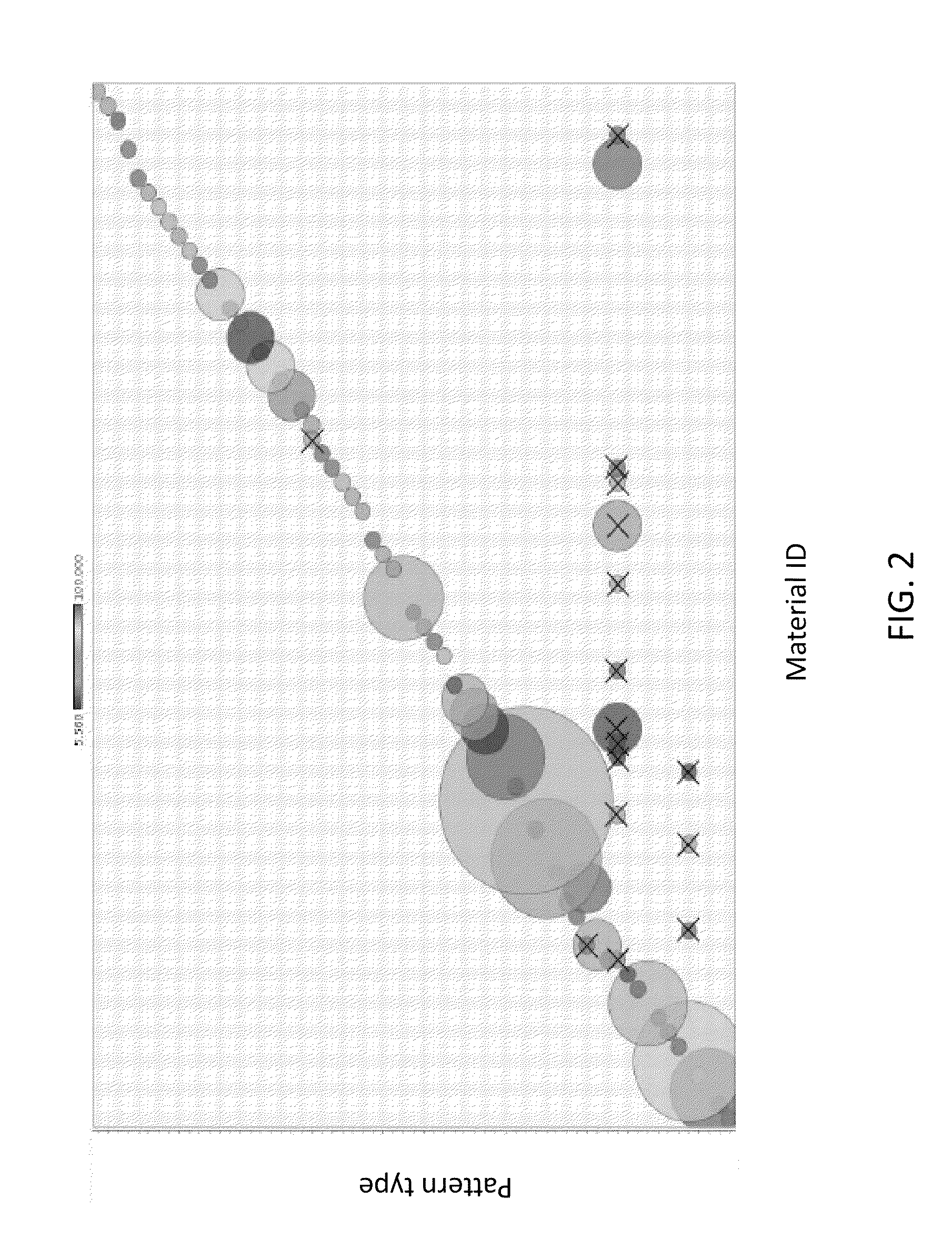Error pattern identification in an installed base of systems
a technology of error pattern and installed base, applied in the field of error pattern identification, can solve the problems of complex system deployment, high maintenance cost, and manual analysis of error reports, and achieve the effect of reducing the number of errors
- Summary
- Abstract
- Description
- Claims
- Application Information
AI Technical Summary
Benefits of technology
Problems solved by technology
Method used
Image
Examples
Embodiment Construction
[0013]Exemplary embodiments may be better understood with reference to the drawings. Like numbered elements in the same or different drawings perform equivalent functions.
[0014]In the interest of clarity, not all the routine features of the examples herein are described. It will of course be appreciated that in the development of any such actual implementation, numerous implementation-specific decisions must be made to achieve a developers' specific goals, such as consideration of system and business related constraints, and that these goals will vary from one implementation to another.
[0015]Systems may be considered to have three phases of a lifetime; development, deployment and support. During the development of a system, the design phase may consider operational requirements and specifications, and may also consider the subsequent servicing and quality control aspects of the deployed system. In particular, sensors or software routines may be developed so as to ensure the proper o...
PUM
 Login to View More
Login to View More Abstract
Description
Claims
Application Information
 Login to View More
Login to View More - R&D
- Intellectual Property
- Life Sciences
- Materials
- Tech Scout
- Unparalleled Data Quality
- Higher Quality Content
- 60% Fewer Hallucinations
Browse by: Latest US Patents, China's latest patents, Technical Efficacy Thesaurus, Application Domain, Technology Topic, Popular Technical Reports.
© 2025 PatSnap. All rights reserved.Legal|Privacy policy|Modern Slavery Act Transparency Statement|Sitemap|About US| Contact US: help@patsnap.com



